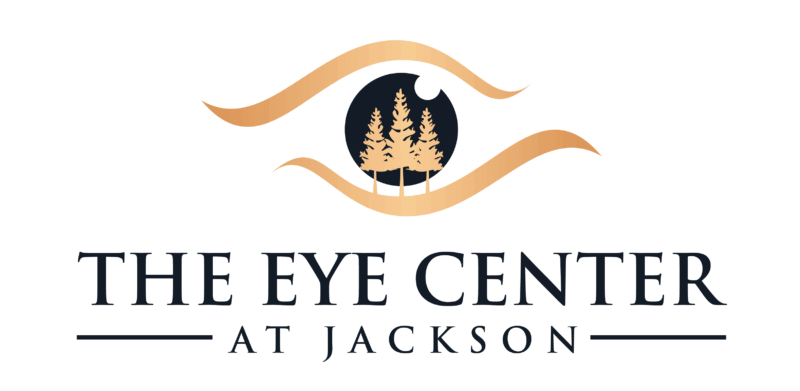
As the World Health Organization estimates, cataracts affect around 65.2 million people globally and cause a third of worldwide blindness. Globally, cataracts also cause moderate to severe vision loss in 80% of cases. Now that we’re familiar with a few statistics, it is always wise to learn the basics to prevent or treat a condition.
We have put together a short list of risk factors for cataracts, what causes them, and how to treat and prevent them.
What Causes Cataracts?
Cataracts are mainly caused by ageing. As we age, the proteins in our eyes begin to clump together, causing cloudy or blurry vision. Our eyes are made up predominantly of protein and water. In our youth, the protein composition in our eyes allows light to pass through. As we age, however, those proteins progressively clump together and can result in cataracts.
Five Symptoms Of Cataracts
- Blurred, clouded, or dim vision.
- Light and glare sensitivity.
- Yellowing or fading of colours.
- An Increase in difficulty with night vision.
- Double vision in the affected eye.
How Are Cataracts Treated?
One method of treatment is the non-invasive treatment method. This form of treatment can only be used when cataracts are caught early.
- A stronger lens can help make your vision better. Speak to your ophthalmologist about changing your prescription glasses as soon as you notice possible cataract symptoms.
- Special prescription glasses with anti-glare coating.
A more invasive form of treatment is needed when cataracts are not caught early enough to be treated using non-invasive treatments. This form of invasive treatment is known as cataract surgery or lens replacement surgery and is performed by a cataract specialist such as an ophthalmologist.
Risk Factors For Cataracts
- Genetics – family history of certain medical conditions can increase your risk for cataracts.
- Trauma – Blunt force trauma and severe injury to the eye can disrupt the ocular lens fibres.
- Age – People over the age of 60 are more at risk of developing cataracts.
- Diabetes – Diabetes is known to be the leading cause of blindness in women and men aged 20 to 74 and is one of the most common risk factors for cataracts.
Other Common Risk factors include;
- Smoking.
- Hypertension.
- Steroid medication.
- Prolonged and Excessive UV exposure.
- Obesity.
As the World Health Organization estimates, cataracts affect around 65.2 million people globally and cause a third of worldwide blindness. Globally, cataracts also cause moderate to severe vision loss in 80% of cases. Now that we’re familiar with a few statistics, it is always wise to learn the basics to prevent or treat a condition.
We have put together a short list of risk factors for cataracts, what causes them, and how to treat and prevent them.
What Causes Cataracts?
Cataracts are mainly caused by ageing. As we age, the proteins in our eyes begin to clump together, causing cloudy or blurry vision. Our eyes are made up predominantly of protein and water. In our youth, the protein composition in our eyes allows light to pass through. As we age, however, those proteins progressively clump together and can result in cataracts.
Five Symptoms Of Cataracts
- Blurred, clouded, or dim vision.
- Light and glare sensitivity.
- Yellowing or fading of colours.
- An Increase in difficulty with night vision.
- Double vision in the affected eye.
How Are Cataracts Treated?
One method of treatment is the non-invasive treatment method. This form of treatment can only be used when cataracts are caught early.
- A stronger lens can help make your vision better. Speak to your ophthalmologist about changing your prescription glasses as soon as you notice possible cataract symptoms.
- Special prescription glasses with anti-glare coating.
A more invasive form of treatment is needed when cataracts are not caught early enough to be treated using non-invasive treatments. This form of invasive treatment is known as cataract surgery or lens replacement surgery and is performed by a cataract specialist such as an ophthalmologist.
Risk Factors For Cataracts
- Genetics – family history of certain medical conditions can increase your risk for cataracts.
- Trauma – Blunt force trauma and severe injury to the eye can disrupt the ocular lens fibres.
- Age – People over the age of 60 are more at risk of developing cataracts.
- Diabetes – Diabetes is known to be the leading cause of blindness in women and men aged 20 to 74 and is one of the most common risk factors for cataracts.
Other Common Risk factors include;
- Smoking.
- Hypertension.
- Steroid medication.
- Prolonged and Excessive UV exposure.
- Obesity.
Credits to the original link: https://isurgeon.co.za/are-you-at-high-risk-for-cataracts-how-to-know/
